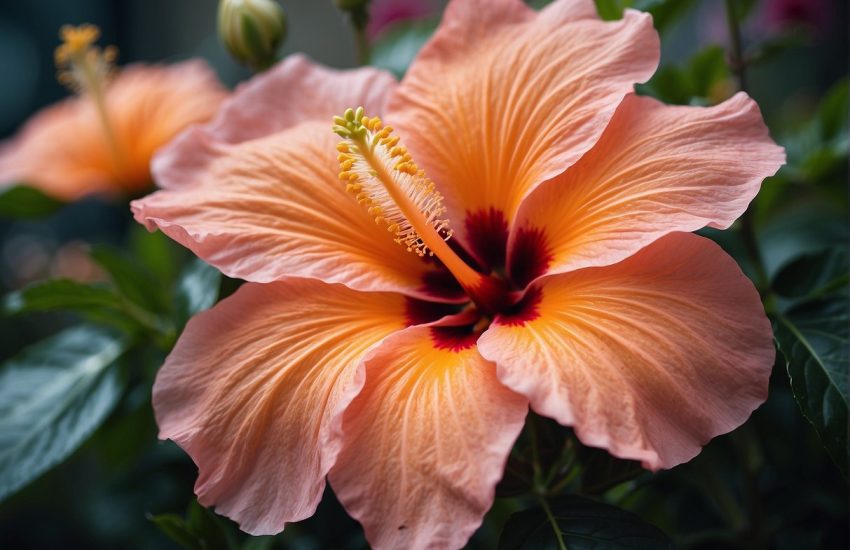Flowers That Look Like Dandelions But Aren’t: A Guide to Identifying Similar Species
Yellow flowers that resemble dandelions are a common sight in gardens and fields. While many people assume that all yellow flowers that resemble dandelions are weeds, this is not always the case. In fact, there are several flowers that look like dandelions but aren’t.

One such flower is the cat’s ear or false dandelion (Hypochaeris radicata). This plant has a similar appearance to dandelions, with yellow petals and a central disk, but the leaves are different. Cat’s ear leaves are broader and more spiky than dandelion leaves. Another flower that looks like a dandelion is the hawkbit (Leontodon autumnalis). This flower has a similar shape and color to dandelions, but the petals are more pointed and the leaves are toothed.
It’s important to be able to distinguish between dandelions and other yellow flowers, as dandelions are considered a weed by many gardeners. However, not all yellow flowers that resemble dandelions are unwanted. By learning to identify different types of yellow flowers, gardeners can ensure that they are keeping the plants they want and removing the ones they don’t.
Identifying Dandelion Look-alikes
When it comes to identifying dandelion look-alikes, there are a few key features to look for. While many plants may resemble dandelions at first glance, a closer inspection can reveal distinct differences in their leaves, stems, flowers, and seed heads.
Common False Dandelions
The most common false dandelion is the Cat’s Ear, which can be found growing in lawns, fields, and meadows. While its yellow flower looks similar to a dandelion, the leaves are much hairier and the stem is often much taller. Another common look-alike is the Hawkweed, which has a similar yellow flower but grows in clusters and has leaves that are deeply lobed. Flatweed and Hawksbeard are also often mistaken for dandelions, but their leaves are more narrow and pointed.
Lesser-Known Dandelion Mimics
While many people are familiar with the Cat’s Ear and Hawkweed, there are several lesser-known plants that can also be mistaken for dandelions. Rough Hawkbit, for example, has leaves that are deeply toothed and a stem that is covered in fine hairs. Meadow Hawkweed has a similar yellow flower, but its leaves are much narrower and more pointed. Wild Lettuce is another plant that can be mistaken for a dandelion, but its leaves are much more deeply lobed and its stem is often purple.
Overall, it’s important to pay close attention to the details when trying to identify dandelion look-alikes. By examining the leaves, stems, flowers, and seed heads of these plants, it’s possible to distinguish between true dandelions and their many imitators.
Ecological Impact and Management

Invasive Species and Ecosystems
Dandelion look-alike flowers that are not actually dandelions can have a significant impact on ecosystems, particularly if they are invasive species. Invasive plants can outcompete native plants for resources such as water and nutrients, leading to a decrease in biodiversity. Additionally, invasive species can alter the physical structure of ecosystems, which can have cascading effects on other species that rely on that structure.
One example of a dandelion look-alike that can be invasive is the cat’s ear (Hypochaeris radicata). This perennial plant has a taproot and is often found in pastures, meadows, and along roadsides. While it is not typically considered a major invasive weed, it can still have negative impacts on ecosystems if it becomes too abundant.
Control and Utilization
When it comes to managing dandelion look-alikes, there are a few different approaches that can be taken. Chemical weed killers can be effective, but they can also have negative impacts on the environment and other species. As such, alternative methods of control are often preferred.
One approach to controlling dandelion look-alikes is to utilize them. Some species, such as cat’s ear, have edible leaves that can be used in salads or as a coffee substitute. By harvesting these plants, their abundance can be reduced while also providing a useful resource.
Another approach is to use biological control methods, such as introducing natural predators or pathogens that target the invasive species. However, this approach can be risky and should only be undertaken after careful consideration of the potential impacts.
Overall, managing dandelion look-alikes requires a nuanced approach that takes into account the specific species, the ecosystem in which they are found, and the potential impacts of different control methods.


